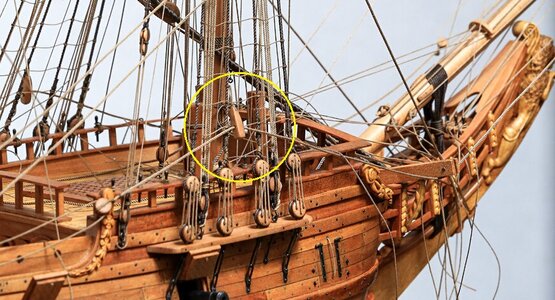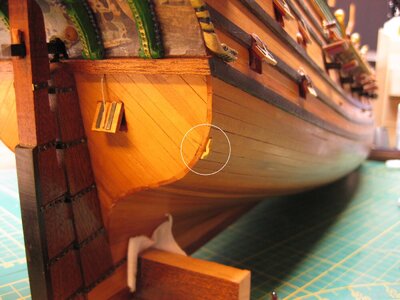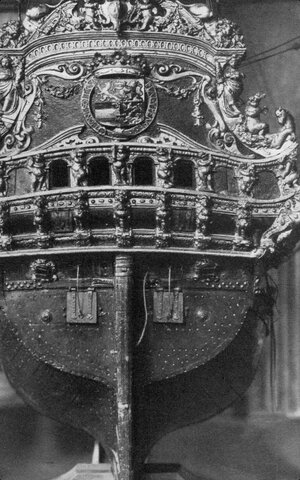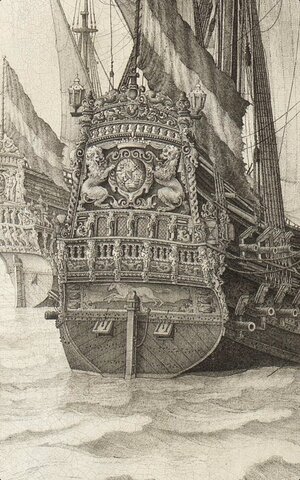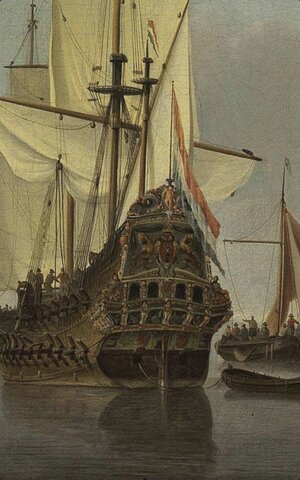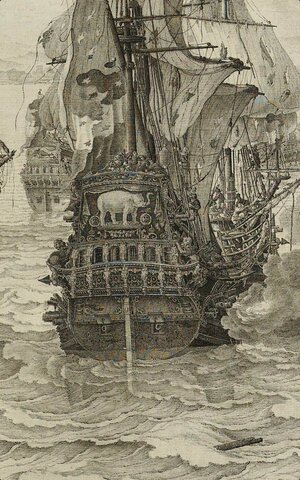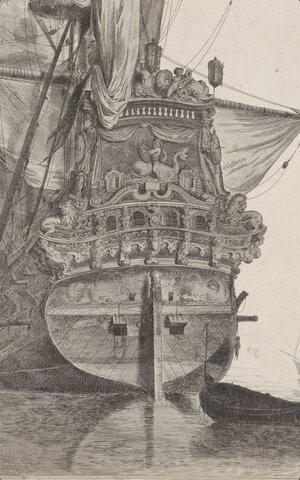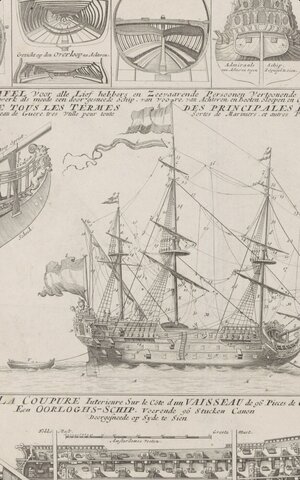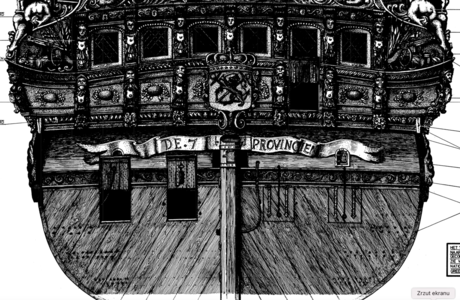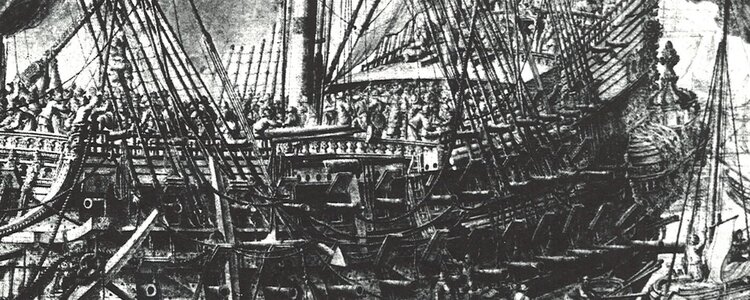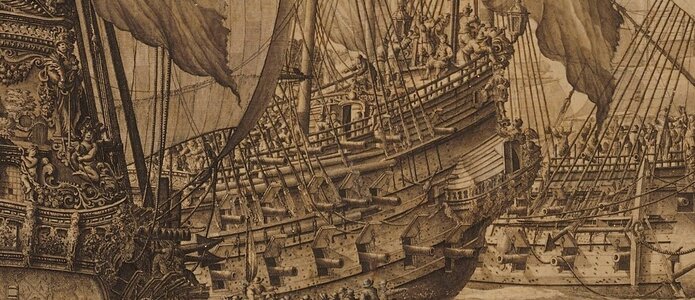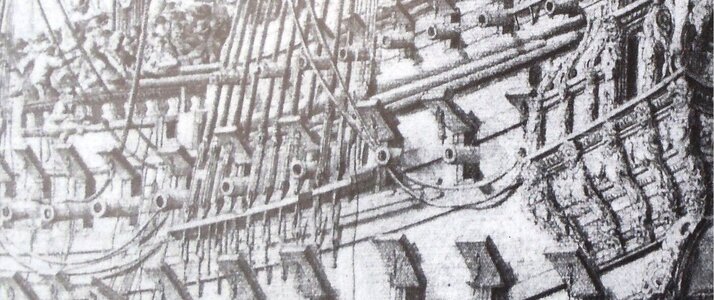Thank you
@Uwek for your comment and for other similar... It's always very motivating

Kirill,
Thanks for your "few words".
You are right... I was digging through all stuff I have... books, drawings, photos... and not much can be found except those few I've posted earlier...
Now I'm bit confused... because there is one think which I don't like while looking at illustration from H.M. Kamer book... rudder tackles are going through transom channels... but as far I'm aware those channels are used for mooring ropes or for example for towing... examples as below...
Vasa from B. Landstrom book.
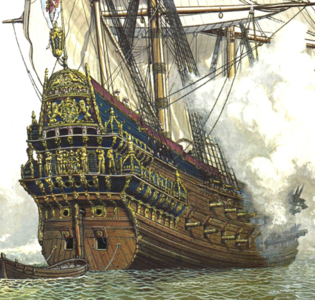
Kalmar Nykel
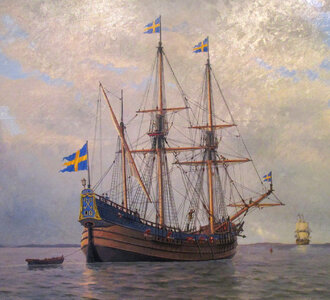
...but then you see image like this and you are not sure anymore


Transom below looks exactly like on my model

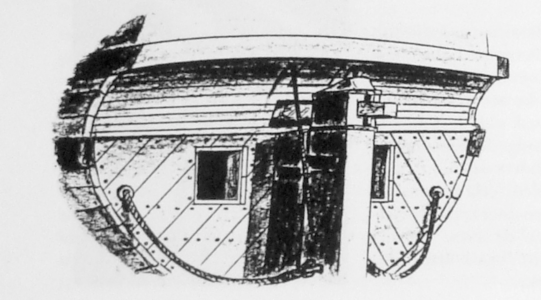 @Steef66
@Steef66 you are right... W. Rex is out of consideration from the beginning, posted just to show different versions.
@Ab Hoving Thank you for your input....
I agree with you... two different ropes with different purpose.
Preventer (safe-line as you describe) or pendant or whatever name it carry... it's pretty much clear for me, that it's need run from rudder up to the transom...
I found few nice images from B. Landstrom Vasa book. He is demonstrating how those ropes run.
In his book those ropes are separate for starboard and port side. Two holes in the rudder. Ropes are running to tiller port not through additional holes in the transom like for example in PW.
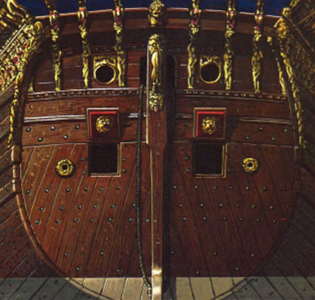
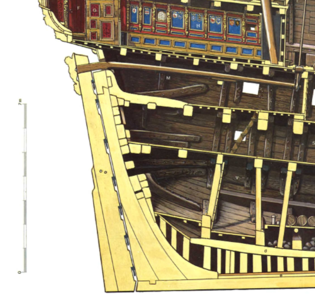
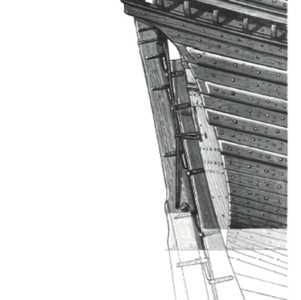
That's sounds resonable that side tackles are for "emergency" steering in case of tiller damage... but I thought also and came with theory that maybe those tackles were use as a additional steering help during rough weather if sailors couldn't manage to steer only with whipstaff, perhaps they could use those tackles to lock the course (???)
Just a theory

Anyway... thank you all for your input... I was looking for some options half a day and that's what conclude my search.
I guess I will go w PW version with side tackles... but pendants I will run like on Vasa form B. Landstrom book, so through tiller port...
Looks good enough... and make sense... but still I'm very intrigued why H.M Kamer showed in his book that second ropes goes through mooring holes...
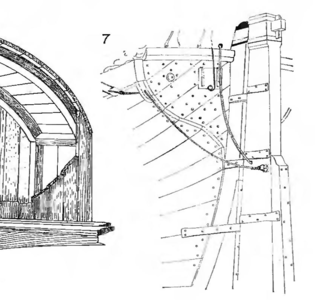
Cheers,
Matt
















